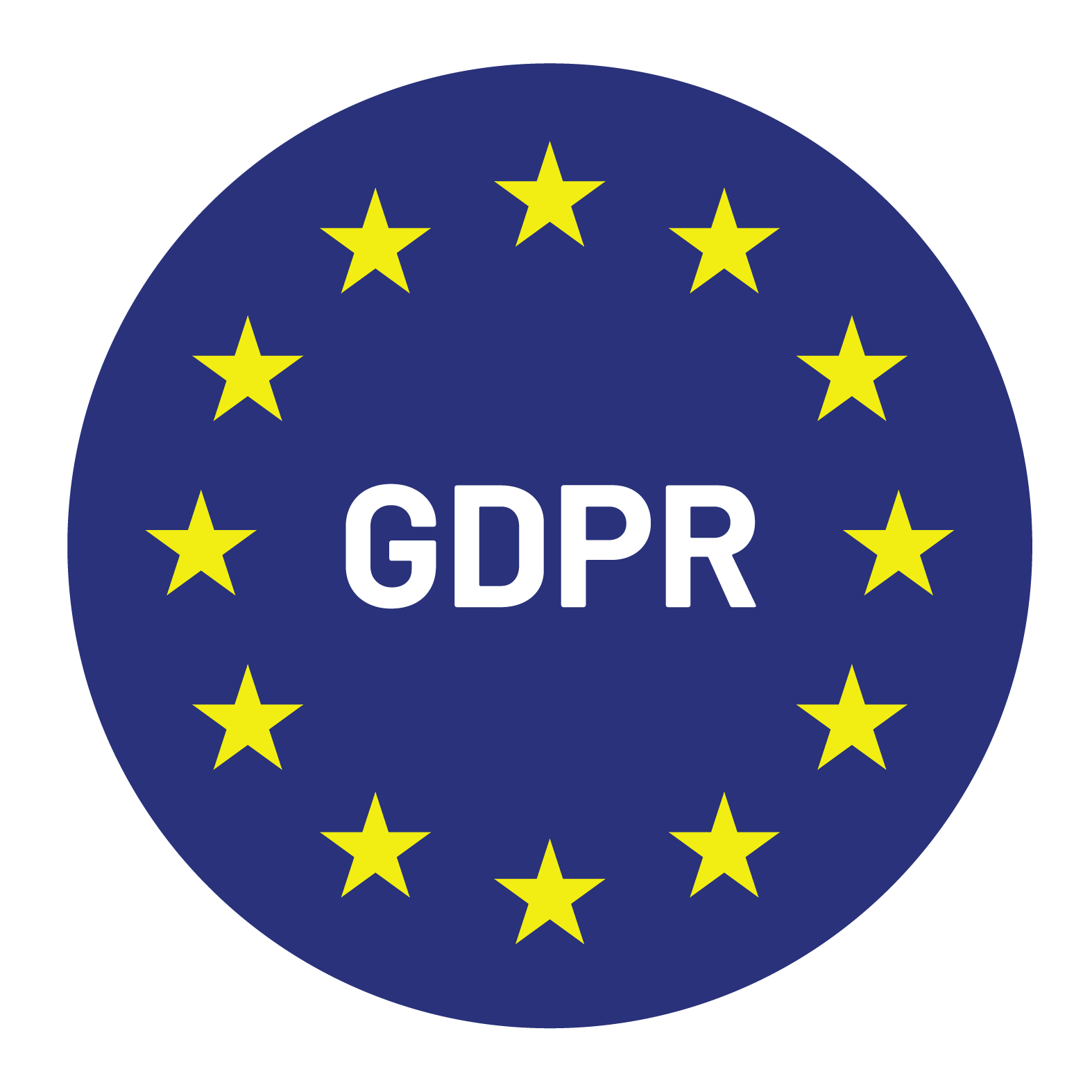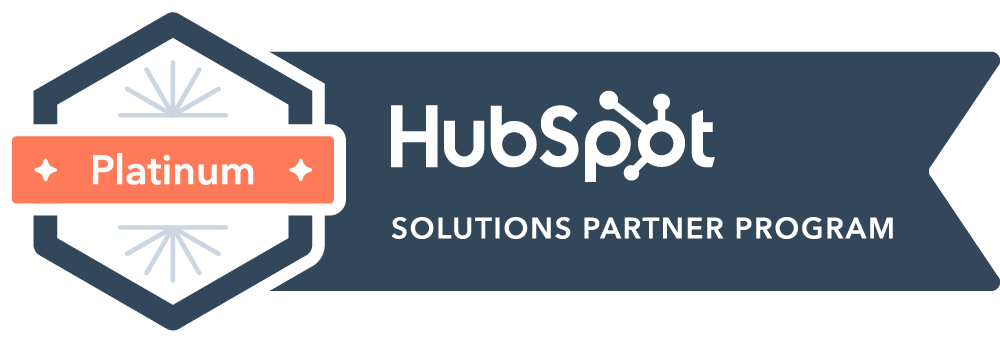

Content Writer for Whistle with multidisciplinary experience spanning over a decade.
Revenue growth doesn’t start with closing deals. It begins with having the right opportunities in the pipeline. For many SaaS and B2B companies, that means working with a B2B lead provider. The right partner can fill sales calendars with qualified meetings and open doors to markets that would otherwise take years to access. The wrong one, however, drains budget and time, leaving sales teams frustrated and revenue targets unmet.
Choosing a B2B lead provider doesn’t need to be rushed. The market is full of options, from data vendors to full-service outsourced lead generation agencies. Each promises to deliver results, but the reality is more nuanced. This guide examines the different types of providers, what separates the best B2B lead generation companies from the rest, and the ten factors that matter most when selecting a partner.
Whistle has worked with hundreds of SaaS businesses to refine their outbound strategies, and this blog brings that experience into a clear framework for decision-making.
B2B lead providers generally fall into three categories. The distinctions matter because the model you choose should reflect your sales maturity, goals, and internal capabilities.
Data providers sell access to contact lists, databases, and intent signals. They are cost-effective for teams that already have outbound sales capacity but need more contacts to work with. The risk is clear: poor data quality can leave sales teams chasing invalid emails or irrelevant titles.
Appointment setting companies go a step further, booking meetings on your behalf. They specialize in cold calling, email outreach, and sometimes LinkedIn outreach, with the goal of passing confirmed appointments to your sales team. Their effectiveness depends on the quality of messaging, the targeting, and their ability to represent your brand in early conversations.
Full-service sales development agencies deliver an end-to-end outbound function. They combine data, multi-channel outreach, SDRs, and sales technology into one solution. For businesses that want to scale quickly without building in-house, these agencies offer speed and expertise, though they require careful vetting to ensure alignment with your ICP and sales process.
Working with a provider can shift your sales motion in ways that are difficult to achieve in-house.
One of the most cited benefits is cost efficiency. Building an internal SDR team means months of recruitment, training, and management overhead. By contrast, outsourced lead generation services provide instant access to trained teams and established systems.
The second advantage is speed. Ramp-up timelines are significantly shorter, with strong providers able to launch campaigns in as little as two weeks. This means quicker access to qualified conversations and earlier pipeline creation.
Finally, technology and data are major differentiators. Leading B2B lead generation companies invest in intent data, enrichment tools, and multi-channel platforms that most businesses would not justify on their own. This combination often leads to measurable ROI. Industry benchmarks show outsourced lead generation delivering an average 3–5x return on investment when executed effectively.
Not every provider understands the nuances of your sector. A SaaS company selling into enterprise IT requires different outreach than a fintech firm targeting mid-market CFOs. Look for providers with proven experience in your vertical and a clear process for refining your ICP and personas.
Volume alone does not drive revenue. A hundred unqualified leads are less valuable than ten highly qualified ones. Strong providers measure quality through metrics like SQL acceptance rates and conversion into opportunities, not just the number of meetings booked.
A single-channel provider will rarely deliver consistent results. Buyers engage across phone, email, and social channels, often requiring multiple touches before responding. The best B2B lead providers integrate cold calling, email outreach, LinkedIn engagement, and ABM strategies into one motion.
Clean, validated data is essential. Outdated or incorrect information wastes SDR time and damages brand credibility. Advanced providers also integrate intent data, helping you prioritize prospects who are actively researching solutions in your category.
Your lead provider should connect seamlessly with your CRM and marketing stack. Compatibility with systems like Salesforce or HubSpot ensures no leads fall through the cracks. Look for smart use of AI and automation for scale, but ensure technology supports, not replaces, quality human engagement.
If a provider cannot clearly explain their KPIs, it is a red flag. At minimum, reporting should include cost per lead, SQL rate, and meeting-to-opportunity conversion. Transparency is non-negotiable, as vague reporting often hides weak results.
B2B lead providers use various pricing structures, from retainers to pay-per-lead or hybrid models. The most important step is calculating ROI. Look beyond cost per meeting and measure downstream impact: pipeline created, opportunities progressed, and revenue generated.
Locking into a long-term contract with the wrong provider is a costly mistake. Flexible contracts allow you to scale up when results are strong or adjust when priorities change. The ability to scale quickly can be particularly valuable when entering new markets.
A provider’s track record should speak through its clients. Case studies, client testimonials, and references validate whether they can deliver on promises. Be cautious of generic testimonials without context or measurable outcomes.
Even the best operational model can fail if communication is poor. Your provider will often represent your brand in first-touch interactions, so alignment in tone and style matters. During discovery calls, assess not only their process but also how they interact with your team.
Many companies fall into predictable traps when selecting a provider. The first is chasing the lowest cost. Cheap providers may deliver large volumes of leads, but if those leads are unqualified, the real cost becomes wasted sales time.
Another common mistake is failing to align KPIs upfront. If your provider measures success by meetings booked but your internal metric is SQLs, frustration will follow. Alignment from the start prevents mismatched expectations.
Finally, overlooking industry-specific expertise often leads to poor-fit outreach. A provider unfamiliar with your sector is less likely to craft messaging that resonates with your buyers.
The best providers consistently separate themselves in three ways.
First, they achieve a quick ramp-up. Strong partners can be live within 10 days, not months. Second, they have a proven track record, demonstrated by measurable case studies and referenceable clients. Finally, they offer flexible models that adapt to your needs, including RevOps support to ensure leads flow smoothly into your pipeline.
These qualities move a provider from vendor status to growth partner. They demonstrate a level of alignment and accountability that goes beyond simply booking meetings.
Selecting the right B2B lead provider is a high-impact decision. The wrong choice creates frustration and wasted investment. The right choice accelerates pipeline growth, equips your sales team with qualified conversations, and supports long-term revenue goals.
The evaluation process should combine rigorous criteria with a focus on fit. Look at industry expertise, lead quality, data integrity, reporting, pricing, and cultural alignment. The best B2B lead providers are those who feel like an extension of your sales organization, not a detached vendor.
Whistle works with SaaS and B2B companies globally to design tailored lead generation strategies that easily fit into existing sales processes. If you are evaluating outsourced lead generation options, we invite you to meet with our team and see how a focused, data-driven approach can strengthen your pipeline.


© Copyright – Whistle 2023